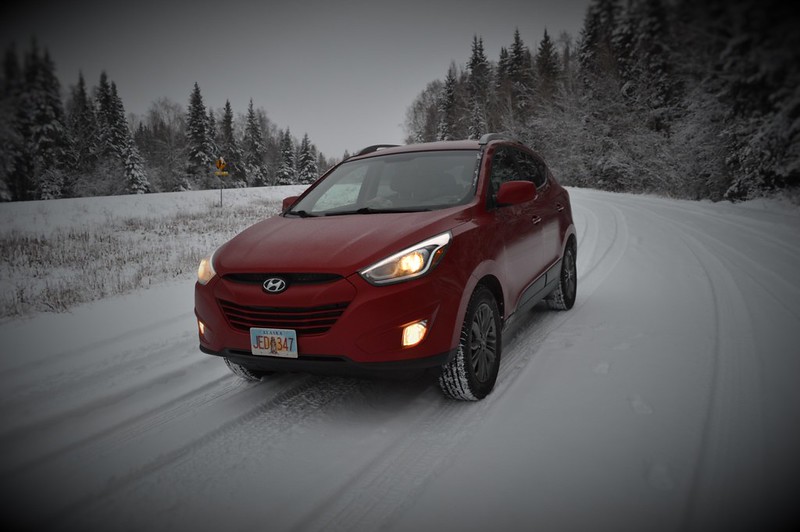Driving Safety Tips for Winter Weather
January 25th, 2023
If you live in states that receive snow fall you know how challenging it can be to drive on winter weather covered roads. Snow, ice and slush covered roads are involved in nearly 1 out of every 4 weather related vehicle accidents.
Prepare Your Car in Advance
- Make sure your window wiper blades are working properly and not smearing.
- Be sure the window washers nozzles are not clogged or blocked and that they work properly, and that the washer fluid reservoir is full.
- Make sure you have an ice scrape in your car.
- As an extra precaution you may want to carry a snow shovel, sand or salt and a warm blanket in your car as well.
- Make sure the tires on your car are in good condition and the treads have life in them. Driving on tires with insufficient tread is a recipe for disaster.
- Double check that both of your head lights are working properly.
- Make a habit of keeping your gas tank full in case you get stuck or stranded and need to run the engine to stay warm.
- Before you begin your drive take the time to clear all snow and ice off your car particularly the roof. It is very important to clear the snow off the roof because as you drive and the inside of the car warms the snow on your roof will start to melt from the bottom up. As this occurs you run the risk of the snow on your roof sliding down, in one large slab, and covering your entire windshield while you are driving. If you have ever had this happen you know how dangerous and scary it can be. Also snow on your roof can fly off in large chunks and hit the windshield of the car behind you causing them to lose visual contact with the road. Many states have enacted laws that state you must, as a driver, keep the snow off the roof of your car while you are driving the car. Should an accident occur and it is deemed that you had snow on the roof of your car, you may be issued a citation.
Prepare Yourself in Advance
- You should keep an eye on weather forecasts during the winter months especially if you plan on driving on an extended mile trip. If the impending forecast is bad perhaps you may want to think about rescheduling your trip.
- If you are planning a trip and your travel route takes you into a remote area or an area that has limited cell phone coverage, consider informing a third party of your travel plans and intended route. This way if you are overdue, first responders will have an idea of where to look for you.
While You Are Driving
- Do not check your phone while driving in wintery weather as you do not want to take your eye off the road. Sometimes a split second is the difference between stopping in time and skidding into an accident.
- Keep in mind that speed limits are meant for dry roads not wet, icy or snow covered roads. You should reduce your speed and increase your following distance as road conditions and visibility worsen.
- Do not use cruise control in winter conditions as you want to have as much control over the car as possible at all times.
- Be cautious when driving over bridges and overpasses as these areas are the first to become icy as temperatures fall.
- If while driving in winter conditions you find yourself in a situation where you feel you can no longer drive the car safely or you get stuck, try to at least get the car into a safe area where you are out of harm’s way from any other vehicle traffic. If you find yourself stranded in your vehicle during a snow or ice storm, you can run your car in order to heat the car for 10 minute intervals every hour, however first be sure that your tailpipe is clear of snow as failing to do so can lead to carbon monoxide poisoning.
Above all if you are unsure whether it is safe to drive, consider waiting until the road conditions improve.
